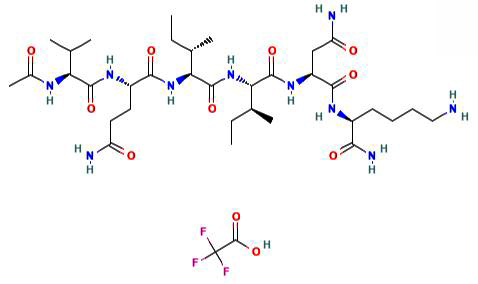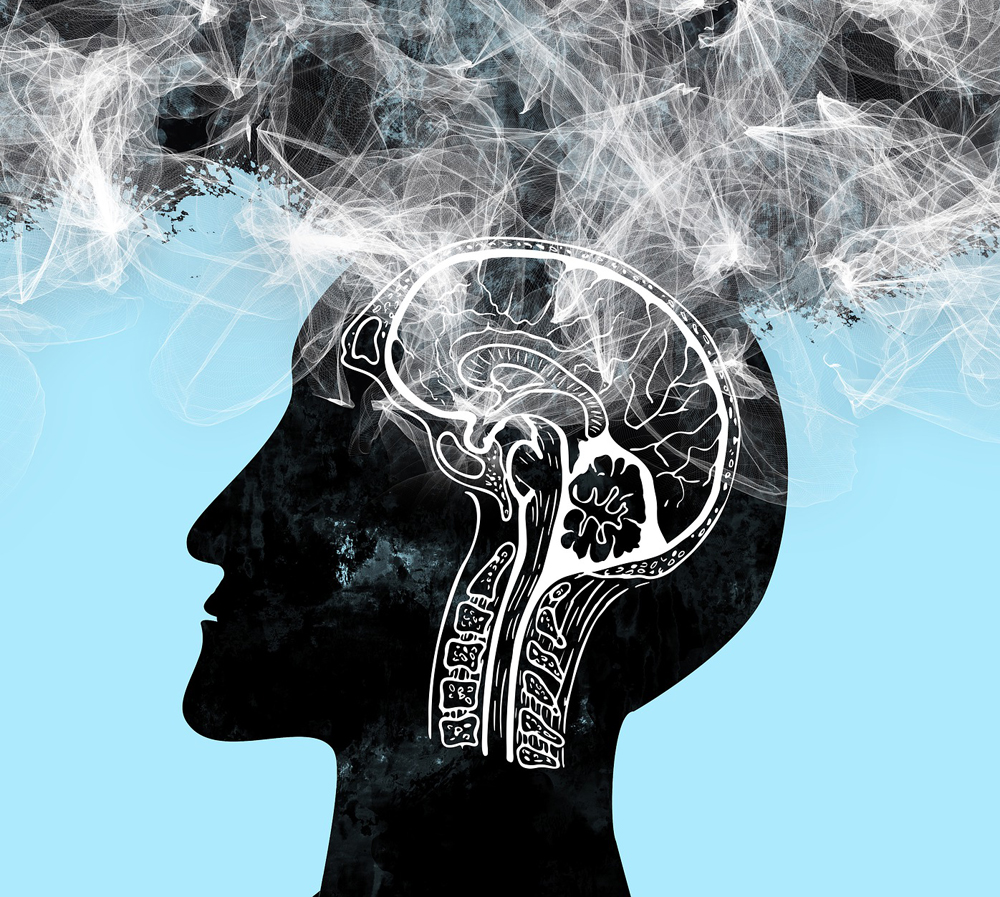Neuroscience For Kids
Chronic Traumatic Encephalopathy
By Kate DiNucci, Neuroscience for Kids Guest Writer
April 3, 2023

In 1928, Dr. Harrison Martland noticed the abnormal symptoms and behaviors of boxers after they received many hits to the head, calling it "punch-drunk syndrome." In 1949, Dr. Macdonald Critchley noticed a similar pattern in boxers and called it "chronic traumatic encephalopathy" (CTE). When Dr. Bennet Omalu did the autopsy of Pittsburgh Steelers football star Mike Webster and published his findings about CTE in 2005, CTE became a widely discussed topic. The neurological condition of CTE became even more popularized after the release of the film Concussion starring Will Smith in 2015, retelling the story of Dr. Omalu's discovery.
What is CTE?
 Chronic traumatic encephalopathy is the degeneration of brain tissue
caused by extensive, repeated head trauma. Evidence suggests the brains
of patients with CTE display an excessive buildup of the naturally
occurring protein, Tau (see chemical structure in figure below). Tau has also been linked to other
neurodegenerative conditions such as Alzheimer's disease; however, Tau
appears in a distinct pattern in CTE. Researchers are unsure why excess
Tau is produced in people with CTE, however, the build-up of the protein
causes areas of the brain to atrophy, meaning that brain cells die and
affected areas of the brain lose function.
Chronic traumatic encephalopathy is the degeneration of brain tissue
caused by extensive, repeated head trauma. Evidence suggests the brains
of patients with CTE display an excessive buildup of the naturally
occurring protein, Tau (see chemical structure in figure below). Tau has also been linked to other
neurodegenerative conditions such as Alzheimer's disease; however, Tau
appears in a distinct pattern in CTE. Researchers are unsure why excess
Tau is produced in people with CTE, however, the build-up of the protein
causes areas of the brain to atrophy, meaning that brain cells die and
affected areas of the brain lose function.
What are Symptoms of CTE?
Chronic traumatic encephalopathy causes a wide range of symptoms depending on the age at which they present. Symptoms of CTE commonly appear later in life, many decades after the head trauma. This form of chronic traumatic encephalopathy often develops symptoms around the age of 60 and is usually associated with cognitive impairment with memory loss and difficulty with organization and planning. Sometimes symptoms of CTE appear earlier in life, in the late 20s and early 30s, which usually manifests as emotional instability, depression, or anxiety. Other symptoms of CTE include problems sleeping, substance abuse, and movement problems such as tremors or muscle weakness.
Who gets CTE?
Chronic traumatic encephalopathy has been seen most commonly in American football players, however, anyone who has prolonged and repetitive exposure to head trauma can be affected. This can include boxers, ice hockey players, or military personnel who have been exposed to explosive blasts. CTE does not stem from a handful of concussions but rather hundreds or thousands of head traumas. In most cases, it is common for patients to have experienced second impact syndrome. Second impact syndrome is when another head injury is sustained before a prior head injury has fully healed.

How is CTE diagnosed?
For now, chronic traumatic encephalopathy can only be diagnosed by autopsy. Though it is not routine to test for CTE in autopsies, when it is done, pathologists use special chemicals that make the Tau protein visible and look for a particular pattern unique to CTE.
How is CTE Treated?
Currently, there is no cure for chronic traumatic encephalopathy, but there are ways to treat its common symptoms. For example, physiotherapy can be beneficial for people with movement problems, and speech and language therapy can be used for people with speech and memory problems.
How can CTE be Prevented?
Chronic traumatic encephalopathy can be prevented by reducing exposure to head trauma, such as minimizing involvement in contact sports and preventing additional injury after a concussion. It is also essential to wear proper protective equipment when playing contact sports and to receive proper treatment immediately after a head injury occurs.
References:
- Chronic traumatic encephalopathy - Mayo Clinic
- Chronic traumatic encephalopathy - NHS
- What is CTE - Concussion Legacy Foundation
- Chronic Traumatic Encephalopathy - Weill Institute for Neurosciences
- History of CTE - Headstrong
Copyright © 1996-2023, Eric H. Chudler All Rights Reserved.
